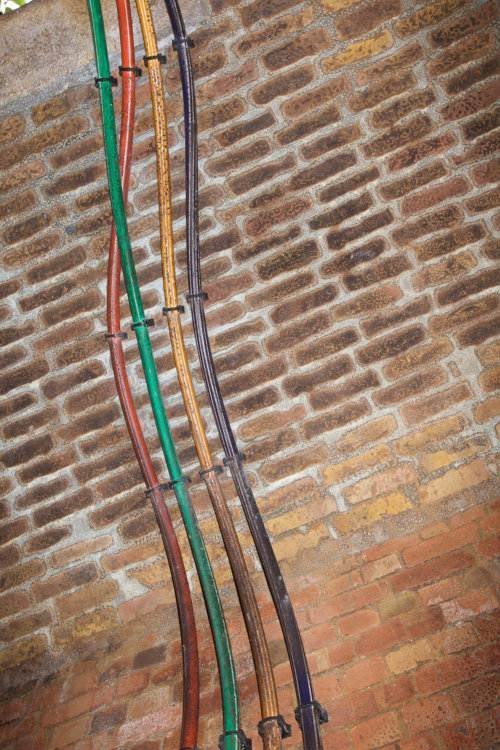HTH
This question seems to be asked more and more with the unknown purple ducting being placed on almost all new central reservation highway schemes throughout the UK.
The purple ducting is a secured protective ducting which contains cables which are known as NRTS. NRTS stands for National Roads Telecommunications Services and is operated by a company called GeneSYS Telecommunication Ltd.
The reason behind the NRTS project is to upgrade, operate and maintain communication systems that link the roadway communication devices along the motorways and other main ‘A’ roads. The devices operated by the NRTS consist of emergency telephones, CCTV, etc. and are linked to both the national traffic control and police control centres.
NRTS usually run along and underneath the verge of motorways, but with most motorway schemes carrying out construction works on the verges, the NRTS have had to be relocated temporarily to the central reservation.
Once a motorway scheme has been completed, the NRTS will be transferred back to the verge, and the temporary line in the central reservation removed.

